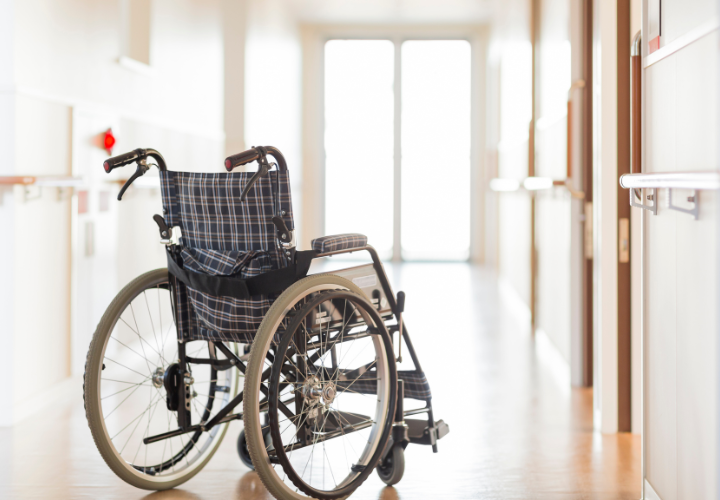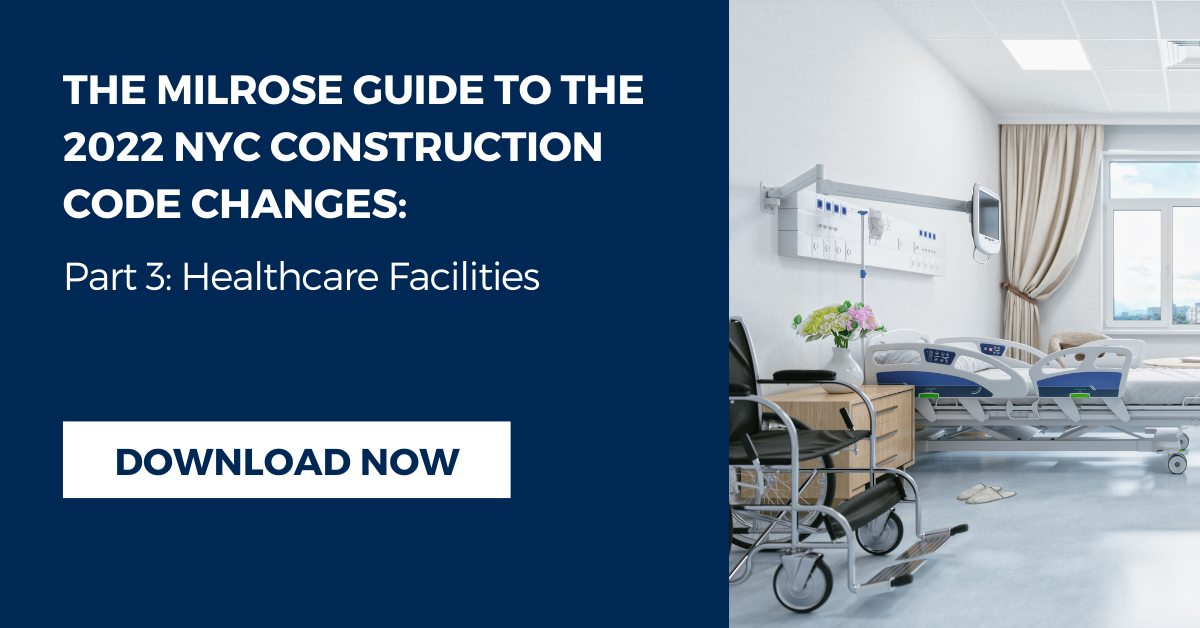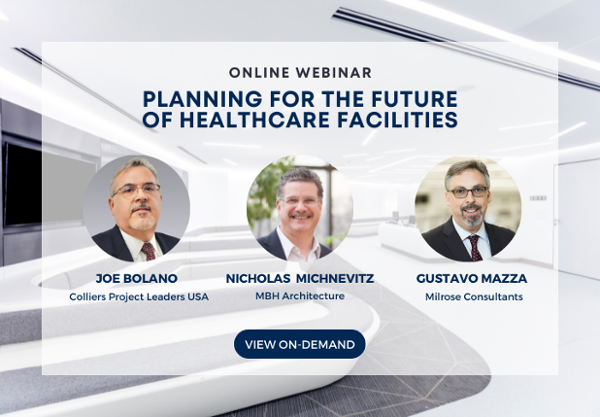Healthcare is in the midst of change. Although healthcare has been one of the industries hardest hit by the impact of the COVID-19 pandemic, many of the changes currently taking place across the industry have been in motion for years before the public health crisis.
The upcoming updates to the NYC Building Code — which go into effect on Nov. 7, 2022 — will attempt to address many of these changes to help ensure the continued safety and wellbeing of healthcare workers and patients.
Current challenges facing the healthcare industry
Healthcare is facing many of the same pandemic-related challenges as other industries. Supply chain issues have made it difficult for healthcare facilities to obtain the proper medical equipment required to treat patients, while inflation has strained their budget flexibility. Even before the public health crisis, however, healthcare facilities were experiencing issues related to labor shortages and staff burnout, both of which have been exacerbated by the heightened demands of the pandemic.
Still, the growing demand for healthcare services (especially among the growing population of older Americans) and the changing nature of healthcare technology (like the rise of telehealth) have led to the growth of medical facilities across the country. Ambulatory services (in which patients receive care within a 24-hour window) and long-term care facilities (like nursing homes) are experiencing much of the development in the healthcare industry.
How healthcare will be impacted by the code changes
To enable healthcare facilities to deliver quality healthcare while ensuring the safety of current and future patients, the new NYC Building Code includes changes aimed at addressing some of these trends. Approved by the New York City Council in October 2021 and set to go into force on Nov. 7, 2022, the 2022 Building Code updates are designed to promote stronger emergency response, improve safety on construction sites, better protect tenants and more.
Whether construction professionals are building new facilities or expanding existing ones, these are the main Building Code updates that will affect healthcare:
1. Ambulatory care services
Under current code regulations, ambulatory care services are required to have adequate sprinkler coverage and fire alarm system protection. However, the expansion of ambulatory facilities has caused safety requirements to change. While ambulatory care is generally considered an office occupancy, patients under the care of these facilities are sometimes rendered incapacitated due to their condition and could be unable to respond to an emergency without professional assistance.
The 2022 Building Code updates will help address current safety shortcomings. Facilities will now be required to include a smoke barrier to separate ambulatory facilities in which four or more patients that are incapable of self-preservation are housed. Each of these new compartments must also have its own separate egress access and area of refuge for a greater level of protection from other fire hazards.
2. Flood zone construction
Numerous buildings across New York City are exposed to flood risk. While the city contains 520 miles of shoreline and 15% of its total landmass sits within the city's floodplain, Hurricane Sandy in 2012 exposed the reality that even buildings outside the floodplain are susceptible to serious flood damage. In addition to a series of other initiatives introduced by the city council, the 2022 Building Code updates include additional flood zone requirements for New York's healthcare facilities.
All facilities with surgery or emergency treatment facilities located in Shaded-X zones (defined as areas with a moderate flood risk of 0.2% annual) will be required to comply with all A-zone regulations. According to the current Building Code, A-zone buildings are required to be elevated or flood-proofed based on the guidelines described in FEMA's Base Flood Elevation.
3. I-2 occupancy changes
I-2 occupancies are classified as buildings in which care is provided in an ongoing, 24-hour capacity or where care is provided to three or more individuals who are incapable of caring for themselves (and therefore unable to respond to an emergency situation without assistance).
The 2022 code changes include sections that enable I-2 care facilities to open community rooms and cooking areas to nearby corridors, under the condition that specific fire protection requirements are met. To remain code compliant, builders must install automatic fire alarm systems as well as provide unrestricted egress access to all rooms and corridors.
Building flexibility into infrastructure
In addition to the above code changes, construction professionals will need to be more proactive when designing new buildings and renovations to equip healthcare facilities for the current landscape.
The COVID-19 outbreak led to a massive upsurge of new patients in medical facilities, and many of those facilities found it difficult to handle this increased demand. In the event of a future disease outbreak, healthcare facilities will need to have the flexibility to adapt to new realities, giving them the capacity to handle all new patient requests.
Possible building strategies include:
Create additional storage space
One way facilitates can accomplish this is to create more storage space. Increased demand combined with supply chain issues has made it difficult for healthcare facilities to access necessary medical equipment. Many healthcare executives responded by buying equipment in bulk, but this created significant storage challenges. Designing facilities to house a larger volume of equipment not only gives them the capacity to buy necessary equipment in large quantities but also prevents excess equipment from overflowing into egress areas.
Construct modular systems
Medical facilities also need to be designed so that existing wings can be easily converted into emergency care units, similar to the way some facilities were able to quickly pivot at the onset of the pandemic and create makeshift COVID units. By designing this flexibility into their infrastructure, healthcare facilities can make themselves better able to adapt to changing market conditions and then revert to traditional care delivery when needed.
Earlier this year healthcare construction experts participated in a webinar to discuss the upcoming changes that will impact healthcare facilities. Click here to watch a recording of the webinar on-demand.









